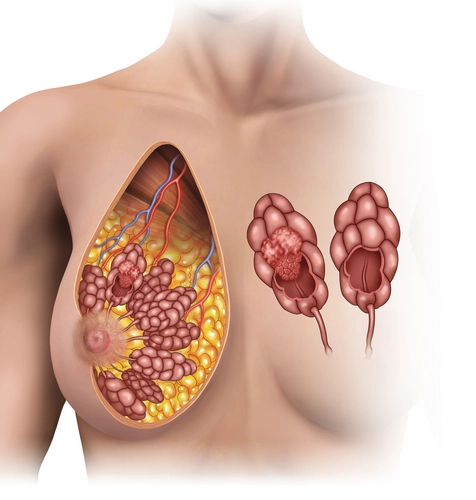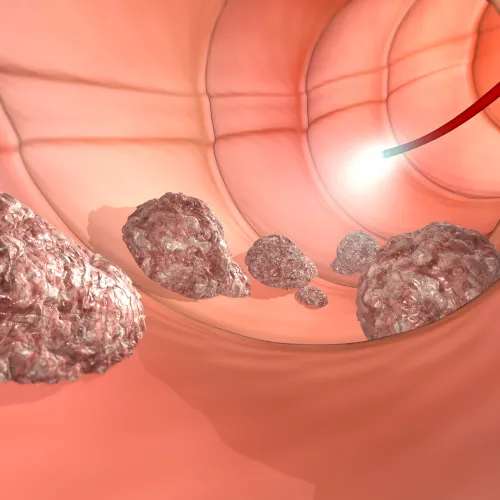Code Chemodenervation Claims Confidently With These Tips

Consider how some Dxs, HCPCS codes may vary by payer. Chemodenervation patients can present for a plethora of different ailments and conditions. However, that doesn’t mean that CPT® will list each of the conditions that merit the service in its code descriptors. “CPT® does list examples for each of these [muscle chemodenervation] codes,” confirms Amy Turner, RN, BSN, MMHC, CPC, director of revenue integrity at Comprehensive Pain Specialists in Brentwood, Tennessee. These might not be the only diagnoses that a payer accepts, however. Best bet: This means that you’ve got to know your chemodenervation coding rules backward and forward in order to be more comfortable making coding calls on these procedures — no matter the diagnosis. Choose Your Chemodenervation Code From This Code Set Most of your face/neck muscle chemodenervation claims will come from this code set, confirms Judith L. Blaszczyk, RN, CPC, ACS-PM, ICDCT-CM, compliance auditor at ACE, Inc. in Overland Park, Kansas: First step: Obviously, you’ll have to choose the chemodenervation code that most closely resembles your provider’s services. This is pretty straightforward if you’re dealing with a diagnosis that’s listed in the parenthetical notes for 64612-64617; for example, if notes indicate that the patient suffers from chronic migraines and the specialist performs chemodenervation of the trigeminal muscle, 64615 is the code you’d choose. Consider this detailed clinical example from Turner: “Patient complains of chronic migraine headaches; patient has had had 18 headache days per month lasting longer than four hours each. Her average pain was six out of 10 on the visual analog scale (VAS). Botox injections have been helpful in the past with reducing the intensity of the headaches. Currently, the patient is suffering from photophobia and is sensitive to sounds. Botulinum toxin was administered; 155 units given, 45 wasted:” Coding: Since the notes clearly spell out the patient’s chronic migraine problem, you’ll report the following for this claim: Practices that perform a lot of chemodenervations should note the importance of vigilance on your drug supply coding. “The medications utilized when performing these procedures are typically very costly,” explains Blaszczyk. “Most payers will allow separate reimbursement for the drugs. Although Medicare and many other payers have fixed fees, they will pay for the drugs.” Be sure to document what is administered as well as what is wasted. Do this: “Practices might consider including reimbursement for these high-dollar [chemodenervation] drugs in their commercial contract negotiations,” Blaszczyk recommends. Check Individual Payers for Complete Dx Lists Given that head and neck chemodenervations have varying diagnosis guidelines, Turner suggests “obtaining payer guidelines to determine medical necessity for any particular [chemodenervation] procedure specific to a payer.” The conditions in the CPT® descriptors for 64612-64617 are “examples given to inform coders as to the typical usage for the injections. There are many payers that have policies limiting the use of these procedures to certain diagnoses,” Blaszczyk says. Use Modifier 50 on Bilaterals … Sometimes If the physician performs a bilateral face/neck chemodenervation injection on a patient, you’ll use modifier 50 (Bilateral procedure) in certain situations. Best bet: Check CPT® for bilateral indications. As Turner explains:




